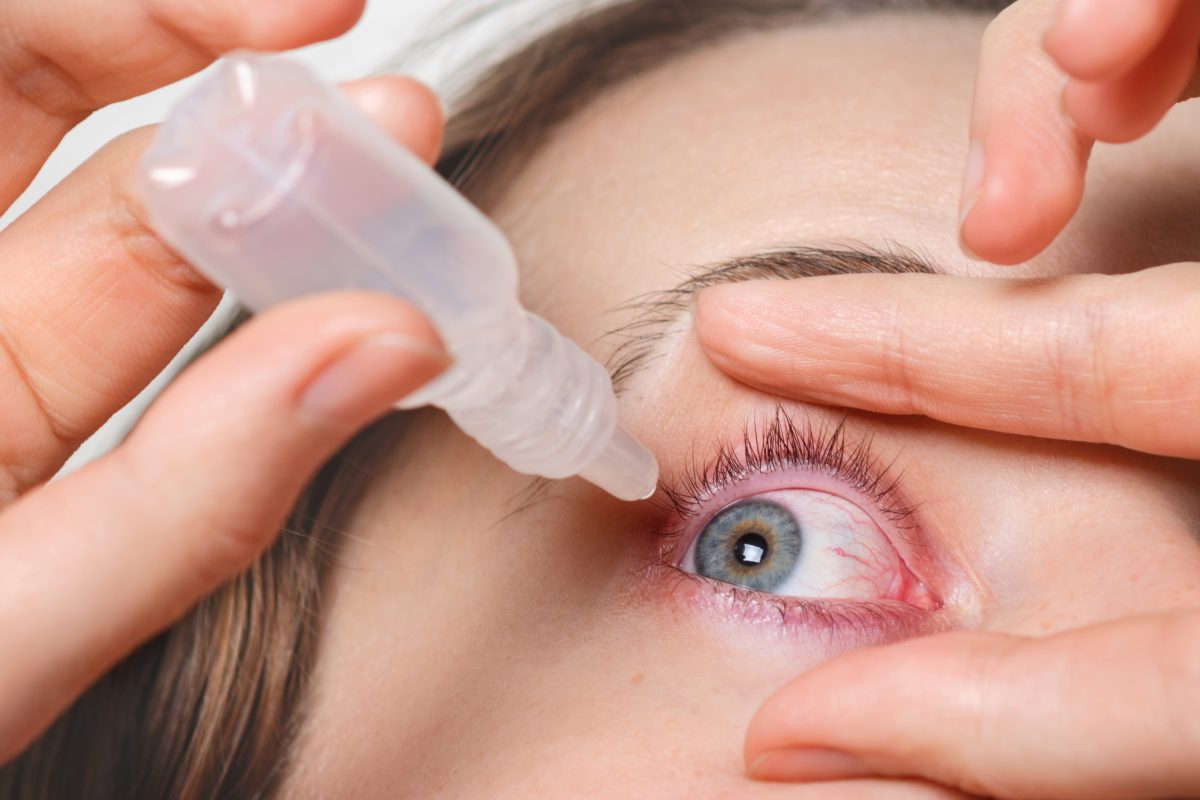Understanding Trachoma: Identifying Risk Factors and Prevention Strategies
Trachoma which stems from chlamydia trachomatis is a serious eye infection. It starts with bumps on your inner eyelid and can become highly infectious. You feel itchy or sore eyes as the condition worsens. Scarring follows after many infections, risking lasting harm if untreated.
This ailment stems from bacteria spread by touch or even flies and affects regions where this issue is widespread. If you spot these signs in yourself or others, quick action makes all the difference for good health.
Exploring the Causes of Trachoma
In the battle against trachoma, understanding causes is key. A bacterium called Chlamydia trachomatis starts it all; its subtypes trigger this eye disease. People catch it through infected eye or nose discharges – think hands, clothes or even flies carrying these germs around!
It thrives where people live packed and water’s scarce. Dirt on hands or faces gives it a boost. Kids aged 4 to 6 face high risk in active zones – sad but true for such young ones!
Women often get sick more than men do since they’re closer to kids who carry the germ loads. If you’ve got sore eyes that itch and discharge mucus or pus, plus swollen eyelids, don’t wait. Treatment can prevent worse troubles like vision loss over time due to scarred lids rubbing your corneas away.
Crowded spots feed this cycle of sickness; dirty living means faster spread as those nasty bacteria find easy paths between people without clean water stops close by. Early doctor visits mean early help so infections stand less chance ruining lives with blindness dangers down the road.
Recognizing Trachoma Symptoms Early
You’re smart for wanting to catch trachoma early. Watch out for itchy, red eyes, first clues that something’s not right. When this happens, young ones often get sore, swollen eyelids too.
This can lead to more trouble like rough spots and eventually scars inside the lids if you don’t act fast with help from a doctor or nurse. This isn’t just about discomfort; these tiny marks can mess with your lashes, making them rub against your eye each time you blink which hurts and could harm your sight over time. Don’t wait around, the sooner treatment starts after symptoms show up, the better chances of stopping problems in their tracks without lasting damage.
Transmission Pathways of Trachoma
Trachoma spreads through close contact with those who have it. Kids often pass it to others, since their infections are usually longer and more frequent. Poor hygiene, crowded homes, not enough clean water or toilets make things worse.
If you catch this bug just once, your body might fight it off. But in places where trachoma is common, reinfection happens a lot. Over years of getting reinfected the inner eyelid can get scarred so badly that lashes turn inward and scratch the eye: causing pain and making light hard to bear.
Trachoma’s Progressive Stages Unveiled
In trachoma’s fight, big strides have been made. Think global teamwork that reaches far-off places, helping everyone get good eye care. In 2018 alone, doctors fixed over a hundred and forty-six thousand cases of turned-in lashes from this disease.
Plus, nearly ninety million got antibiotics to stop it in hundreds of districts across the world. Eight countries beat trachoma as a health issue, proof enough that one approach can work anywhere when done right. It’s cheap and saves money long-term too!
But with harder challenges ahead in a few last spots for full victory, we’ve got to push even more now or we won’t win this sight-saving battle.
Risk Factors for Developing Trachoma
You have a right to know about trachoma risks. Studies show kids in certain places face the most danger. These are poor areas with little clean water, where diseases like malaria thrive too.
Children get sick from a germ named Chlamydia trachomatis, the same bacteria that causes the chlamydia STD. It hurts their eyes over time and can lead to blindness when they’re older if not treated early on with medicines such as tetracycline eye drops or ointments.
Effective Prevention Strategies Against Trachoma
To stop trachoma, you need good hygiene and clean water. In South Ethiopia, a study showed most people know how to prevent it. They stay safe when they keep things clean and use public pipes for water.
Health lessons boost this knowledge too. In that place, almost 60% are doing the right thing against trachoma. So washing your face often can help avoid those eye scars that cause harm later on.
To beat this disease everywhere like here, we must teach more about keeping eyes free from infection with better habits every day.
Navigating Treatment Options for Trachoma
You must act fast when facing trachoma because the infection spreads easily through close contact or flies that have touched an infected person’s eyes. Start by keeping your face clean; it helps stop the disease from passing on to others and getting worse for you too.
Next up in fighting this bug is medicine – antibiotics can kill the bacteria causing trouble. Countries are working together with experts to wipe out trachoma once and for all by 2030, sharing smart ways to beat it based on real science. This means not just pills but also fixing where we live so our world keeps us healthier.
You can fight trachoma by knowing risks and choosing smart health moves. Keep your face clean, wash hands often, and improve where you live to keep flies away. Sharing towels or clothes can spread it too – so use your own stuff.
Get kids checked early since they’re more at risk for catching this eye bug. Good hygiene habits are key; they help stop trachoma from spreading around your community.
Medically Reviewed by William Terranova, MD on May 15, 2024
Secure and Confidential
STD testing services
The fastest results possbile - available in 1 to 2 days

Tagged
Categorized As
Author: STD Check Editorial Team
At STDCheck.com, we go to great lengths to ensure quality content. We’re using our own collection of data. It is not bought or made up for “click-bait” purposes. We don’t entice traffic with cheesy graphics or raunchy headlines. Our information is to promote STD testing, educate people, let go of social stigmas, and bring awareness. We also provide a completely confidential atmosphere through private testing. When we produce an article, it is fact-based. We check it with medical advisors that approve it. Our staff consists of doctors and other medical professionals who peer review the content we make available on STDCheck.com. From all over the world, we have sourced the best and the brightest content developers, including medical professionals, marketing engineers, data scientists, content specialists, and media relations.




